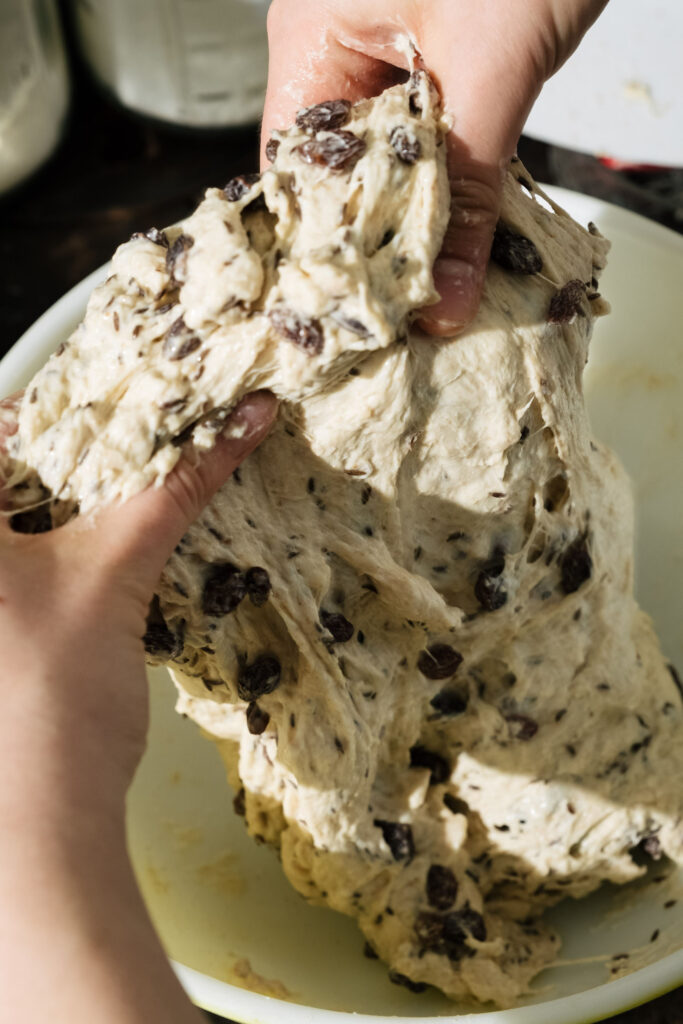oatmeal coconut cherry raisin cookies
I made these cookies one day when I had an abundance of shredded coconut on my hands. I decided to make them again and again, and when I shared them with my friends and family, the feedback was overwhelmingly positive. Thus, here are my oatmeal coconut cherry raisin cookies.
These cookies are packed with rich flavor from the oatmeal, butter, coconut, brown sugar, and almond extract. The cherries and raisins add a sweet-tart dimension and a nice texture. Baking soda, a full teaspoon of salt, and a touch of water make these oatmeal coconut cherry raisin cookies chewy yet crunchy, crispy at the edges, yet fluffy in the center. Oatmeal coconut cherry raisin cookies really are the total package.

makes about 18 3 ½-inch cookies
ingredients
- 1 cup rolled oats
- 1 cup all-purpose flour
- 1 teaspoon baking soda
- 1 teaspoon salt
- 1 cup (2 sticks) butter
- ½ cup brown sugar
- ½ cup granulated sugar
- 1 teaspoon almond extract
- 1 teaspoon water
- 2 eggs
- ½ cup shredded coconut
- ½ cup dried cherries
- ½ cup raisins
steps
In a large bowl, combine the oats, flour, baking soda, and salt. Set aside. Meanwhile, cream the butter, brown sugar, and granulated sugar until light and fluffy. Add in the almond extract and water and mix. Add the eggs in one at a time until both are evenly incorporated. Add in the shredded coconut until combined. Slowly add in the dry ingredients until the dough forms, being careful not to overwork the dough, then mix in the dried cherries and raisins.
Using a 2-inch scoop, spoon out the cookies onto a baking sheet lined with parchment paper or silpat, 2 inches apart. Bake for ~12 minutes until the edges are golden.







